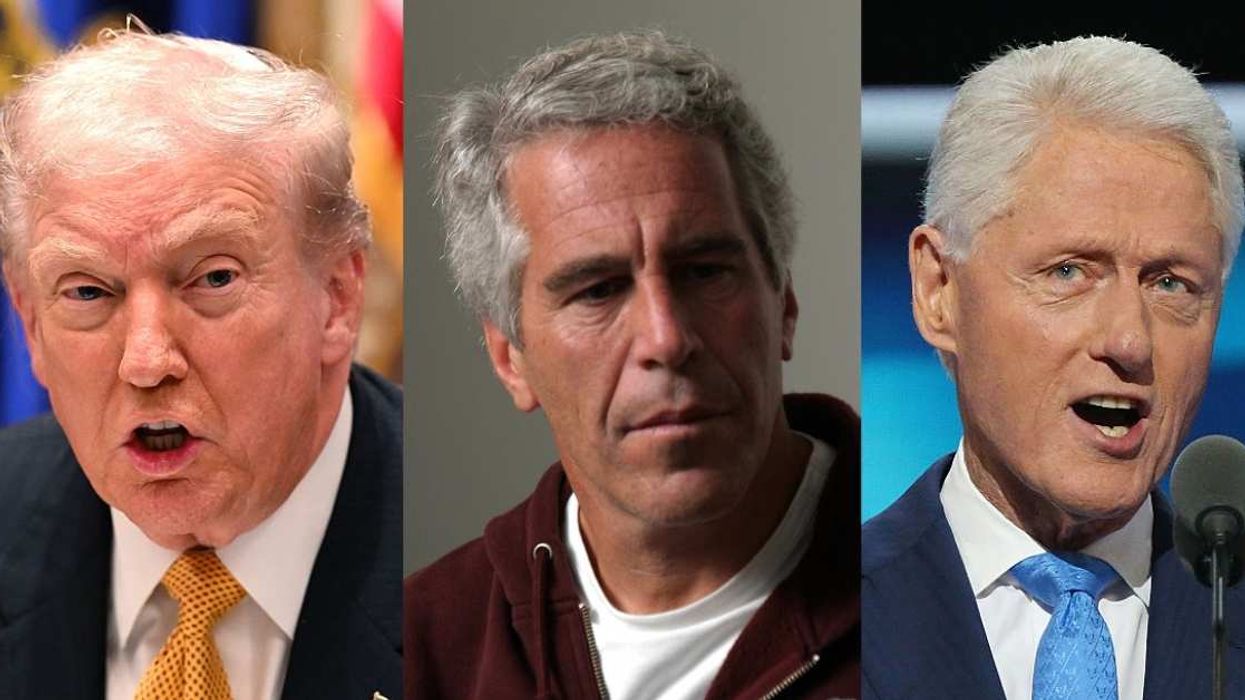An unidentified man hoped to cash in on what he believed was an original artwork by Banksy—the anonymous English street artist known for his injection of political and social commentary into graffiti on public streets, walls, and bridges.
The optimistic seller pried the presumed artist's painting on a steel plate off a wall in the early 2000s and recently brought the piece to Antiques Roadshow in the hopes of getting a monumental appraisal.
Instead, he came away with a valuable lesson from art expert, Rupert Maas.
The unidentified man explained how he acquired the stenciled painting of what appeared to be a Banksy rat—one of the elusive artist's prolific subjects.
"I used to live in Brighton in the late 90s, early 2000s, and I was walking along the Brighton seafront when I saw it on the Lido."
"It looked loose. Went over, pulled it off basically, a little bit of a tug."
"I know what it is. It was around 2004, basically trying to get a valuation of it."
But Maas said authenticating the anonymous artist's work that was extracted from its intended location is a complex process.
"The thing about Banksy, and he's not the first to have done this, of course, is that he manages his brand very, very carefully indeed."
"There's a website where you can go in and you can apply for a certificate of authenticity of his work. And then he, or his team, will issue one if they think that, first of all, it's authentic, and B, they think that it has not been removed from the public domain for which it was painted, and into the private."
"Now, that might be a reason not to issue a certificate of authenticity."
You can watch the segment from Antiques Roadshow here.
The man said he once failed to get an authentication because he was told, "they couldn't claim it was an original Banksy."
Still unconvinced, he told Maas:
"I know it's real because Brighton was hit quite a bit by Banksy when he was down there around that time."
The painting specialist and gallery owner causally reprimanded the hopeful seller with some advice.
"I think the message here is that, if you do see a piece of graffiti art out there, leave it, leave it for the public."
"I'm not lecturing you. I'm just saying, without that certificate, it's just very difficult to sell. With it, it might be worth £20,000 [around $26,000]. Without it, you're nowhere."
The Huffington Post said Banksy's publicist did not immediately respond to their comment request about the show's recent segment.
However, Pest Control—which officially and non-publicly sells a small number of Banksy's works—wrote a comment on their website stating that Antiques Roadshow explained the verification policy "rather well."
Antiques Roadshow host Fiona Bruce revealed a door painted with a Banksy graffiti was brought in for inspection in 2014.
It wound up being sold for £400,000 ($525,524.00).
When it comes to Banksy's work on canvas, the value increases even further.
In October 2019, "Devolved Parliament"—Banksy's satirical painting of the House of Commons invaded by chimpanzees—sold for $12.9 million.
On Wednesday, "Show Me the Monet"—a vandalized repurposing of Claude Monet's "The Japanese Footbridge"—became the second most expensive Banksy painting ever sold at auction.
The 2005 painting sold for £7,551,60 (around $8,430.00) in the Sotheby's Post Contemporary Evening Auction.








 @grok/X
@grok/X @grok/X
@grok/X @grok/X
@grok/X






 Lights Alphabet GIF
Lights Alphabet GIF  I See You GIF by Wahala Room
I See You GIF by Wahala Room  George Costanza Fighting GIF
George Costanza Fighting GIF  Sesame Street Dancing GIF
Sesame Street Dancing GIF 

